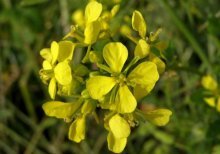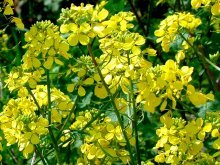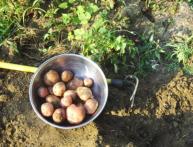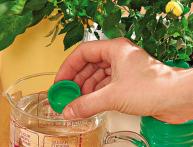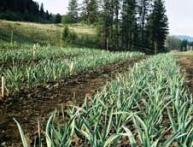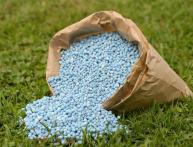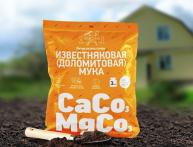Natural plant food: white mustard as fertilizer
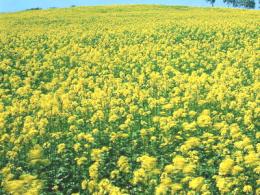
Mustard is one of the most common spices in European cooking. The scope of its application has gone far beyond the boundaries of “kitchen work”, and today it is widely used in medicine, cosmetology, and agronomy. Mustard has long been used in many foreign countries for nutrition and “health” soil.
Content:
- What benefits does white mustard have?
- What are the benefits of white mustard?
- How to properly use white mustard for fertilizer?
What benefits does white mustard have?
White mustard belongs to the Cruciferous family. Sinapis alba is the Latin name of the plant and is considered one of the most useful plants in the field of agronomy. Due to its unique property of accumulating and releasing phosphates from the soil, it has received special honor from gardeners and gardeners. The stems, leaves and roots of this amazing plant are “saturated” with a large amount of nitrogen, which allows us to talk about white mustard as an excellent green manure.
Unfortunately, the plant of the Cruciferous family is rarely used by domestic gardeners.
There is a very good reason for this. Sinapis alba is a heat-loving plant, and our climate is not entirely suitable for its “persona”. By no means, this does not mean that from the idea fertilizers using white mustard should be discarded. Careful and competent care will allow you to grow the plant in the bosoms of domestic fields and vegetable gardens.
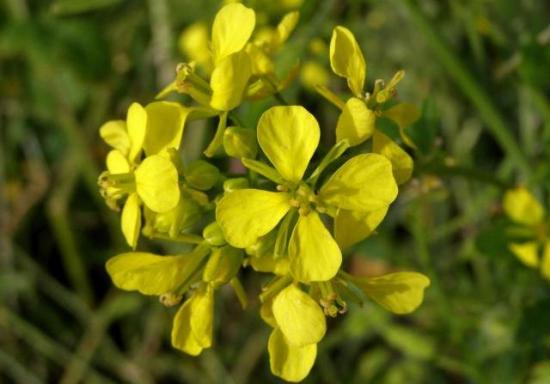
5 facts about white mustard:
- In natural areas, mustard grows throughout Russia. Except for the permafrost zone
- Sinapis alba is native to North America.
- White mustard began to be used as a fertilizer at the end of the 19th century.
- Rapid plant growth does not allow weeds to develop
- Mustard is considered an excellent honey plant
So, white mustard is a natural, natural green manure. Gardeners and gardeners use Sinapis alba as a fertilizer; the plant is an excellent honey plant and does not allow garden plants to “multiply.” weeds.
What are the benefits of white mustard?
White mustard is mainly planted to fertilize the soil with nitrogen and phosphorus. At the initial stages of sowing a garden, the green plant is dug in. Thus, the “green mass” of white mustard actively gives useful microelements to young animals - feeding them at the most important stage of growth and development. In addition, Sinapis alba is endowed with other beneficial properties:
- White mustard “cleanses” the soil of various pathogens.
- The plant fights garden pests - wireworms, slugs and moths.
- Prevents the development of the most common garden weeds.
- Improves overall soil structure.
- It perfectly “retains” nitrogen, which in turn slows down soil leaching.
- White mustard is a companion for many vegetable and garden plants (potatoes, legumes, grapes).
Grow white mustard at home very simple. It has already been written above that this is a heat-loving plant. However, even at -5 degrees Celsius, natural fertilizer will still sprout. Sinapis alba is not picky about the choice of soil and watering. Literally three weeks after planting, you will be able to see the first seedlings of the plant.It is at this stage that you can begin to moisten the soil and a good “harvest” is guaranteed. White mustard is endowed with a lot of beneficial properties that it can impart to garden plants. This is not only a natural green manure, but also a real “fighter” against garden weeds and parasites!
How to properly use white mustard for fertilizer?
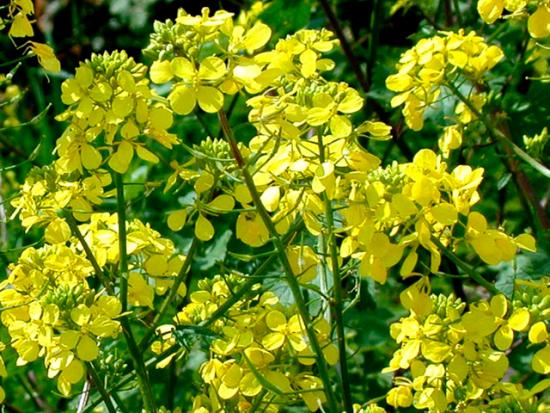
Mustard is a natural green fertilizer, the cultivation of which does not require much expense. Experienced gardeners recommend planting white mustard directly at the site where future vegetables will be planted. So, you will save not only your personal time, but also your own energy. How to use white mustard?
Dropping. After the plant has “ripened”, you can start digging it in. To do this, it is enough to give the orca soil without leaving the leaves and roots of the plant outside. Cutting. The best “age” of white mustard for cutting is 6-7 weeks. It is during this period that its leaves are maximally enriched with useful nitrogen. You need to cut the plant at the root. Then proceed to transfer the white mustard to the place for landings future vegetables.
If the soil on which you plan to sow has not been fertilized for a long time, we recommend making fertilizer using vermicultured compost, the substrate of which is enriched with earthworms. Undoubtedly, white mustard is the best natural fertilizer, which has many advantages:
- does not contain harmful chemical compounds
- easy to reproduce
- considered an excellent honey plant
- gets along well in our climatic conditions
- during the growing and processing process will not require additional investments
A little advice from experts: in order to enrich the soil with the most beneficial microelements, we recommend using a mixture of green manure crops. Today we were able to get acquainted with a unique representative of the Cruciferous family - white mustard. Its amazing properties lie behind the increased content of phosphate and nitrogen on the leaves and roots - substances that are so necessary for the normal growth and development of garden plants.
Video about why to sow white mustard:
Interesting information about the vegetable garden

